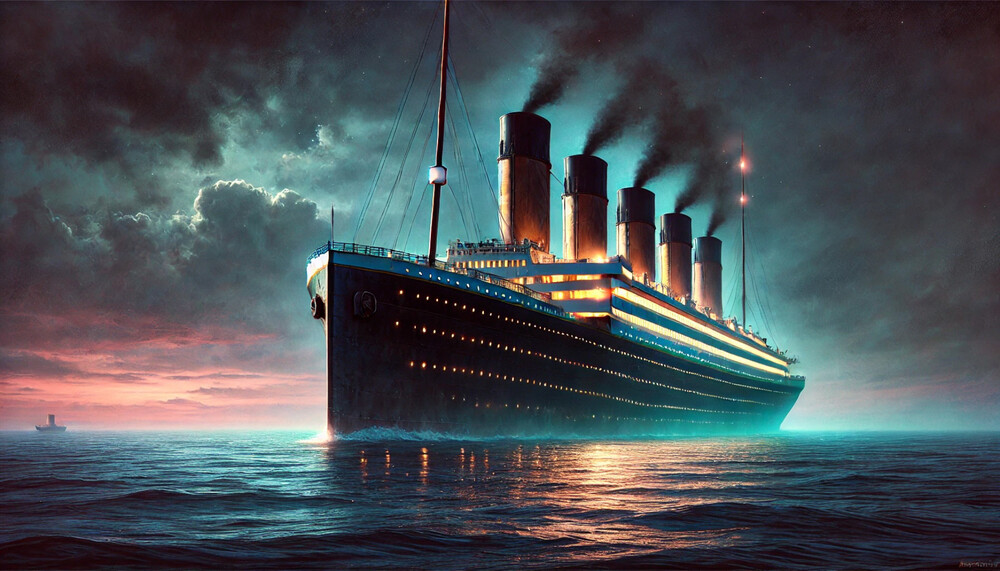Doña Paz
On December 20, 1987, the oil tanker Vector collided with the Filipino ferry Doña Paz. This collision ultimately claimed 4,386 lives. At the beginning of the journey, nothing suggested that such a tragedy was about to unfold.
Conditions for the voyage were ideal. Calm seas and excellent visibility promised a smooth trip. However, despite this, the journey ended tragically. Given the ideal weather, it is believed that the sailors on both ships were to blame, as they should have easily avoided the collision.
Even more tragic is the fact that the ferry was officially supposed to carry only around fifteen hundred passengers. In reality, there were almost three times as many. This is why the sinking of the Doña Paz rightfully belongs among the worst maritime disasters ever.
Titanic
The Titanic is undoubtedly one of the most famous ships of all time. Its tragic fate is equally well-known.
Unlike most other ships, the Titanic enjoyed only one voyage. At the time, it was believed to be an unsinkable vessel. There were many good reasons for this belief. The ship was built using the best technologies of the time. It also had a double bottom and 16 watertight compartments. However, none of these measures protected the Titanic from sinking.
On April 14, 1912, the ship struck an iceberg. The collision was so severe that it damaged the hull, causing the first three compartments to flood. This was fatal, as the vessel could only remain afloat if two or fewer compartments were flooded. From the moment the Titanic struck the iceberg, it had only a few hours before sinking.
This maritime disaster claimed the lives of 1,514 passengers. Many of them could theoretically have been saved. However, there were not enough lifeboats on board. Purchasing such an accessory for an unsinkable ship likely seemed to the owners of the Titanic like an unnecessarily expensive luxury.
Wilhelm Gustloff
The sinking of the Wilhelm Gustloff was somewhat downplayed by journalists at the time, as it occurred during the largest conflict in human history. However, this does not make the sinking of this luxury liner any less of a tragedy.
Wilhelm Gustloff was a showcase of the Third Reich. During peacetime, it served as a cruise ship for Nazi party members, and during the war, it functioned as a floating barracks. It was sunk on January 30, 1945.
The ship was successfully torpedoed by the Soviet submarine S-13. At the time, there were around ten thousand refugees on board, including both civilians and soldiers fleeing the wrath of the Red Army.
The sinking of the ship resulted in the deaths of approximately nine thousand people, making this incident the largest maritime disaster in history.

